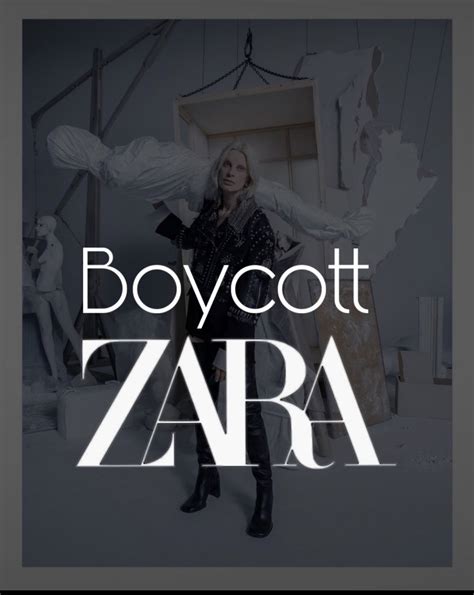Over the decades, women’s workwear has evolved from rigid, gender-specific uniforms to a dynamic and empowering expression of individuality and professionalism. This transformation reflects broader social changes, giving women the flexibility to dress for success in ways that align with their personal and professional identities.
Breaking the chains: early 20th century workwear
In the early 20th century, women’s workwear was predominantly influenced by societal norms and expectations. As women entered the workforce during World War I and II, clothing was often constricting, designed for utility but with little attention to comfort or personal expression. Tailored dresses, ankle-length skirts, and blouses made of heavy fabrics were standard, with women expected to maintain an appearance of modesty and respectability. In the workplace, attire was designed to fit a conservative and gendered mold, leaving little room for individuality.


